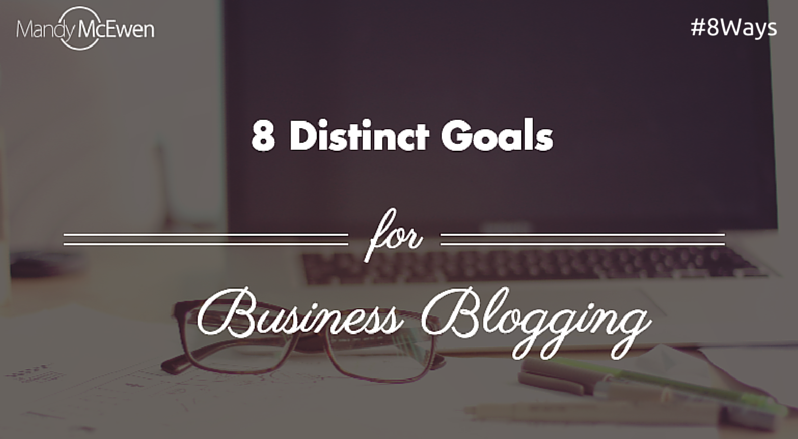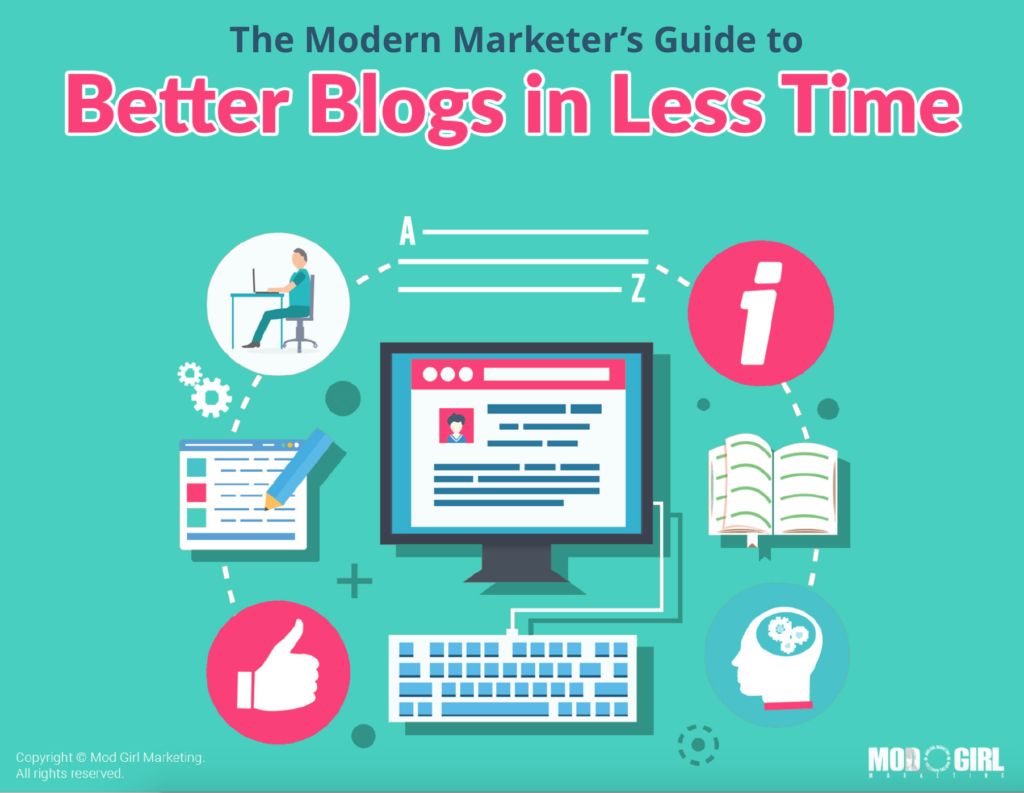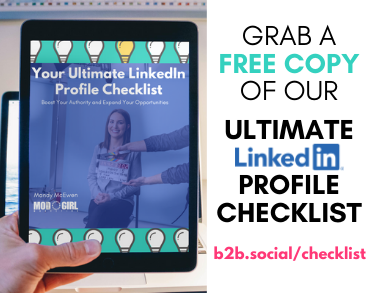
In the early days, it’s natural to question what you’re doing and wonder, “Is anyone even reading our blog at all? Why bother?” Understanding why your B2B business should have its own blog and what your goals are is essential to keep building your brand’s presence online. So if you don’t already have a blog, create it through any CMS (WordPress, for example), choose a reliable WordPress hosting provider and start blogging. However, don’t be fooled: B2B business blogging is about so much more than how many comments your blog receives.
8 Distinct Goals for B2B Blogging
1. Tell a story.
Blogs are not like advertisements. Your audience is looking for a good story. They also want something that is interesting to look at, so all your posts should be highly visual if you want shares. A business blog is a great place to tell the story behind your products and company culture, help people solve problems, or demonstrate how your company impacts the consumer. Think of politicians on the campaign trail: they love telling stories about the people they meet who embody an objective you wish to achieve. Show the heart and soul of your company, so you’re not just “another heartless enterprise” in the minds of consumers.
2. Reflect your target audience.
Much branding is about showing consumers what it means to be affiliated with your brand. The same type of people invest in Apple and Starbucks — not just because their products are good, but because they’ve created branding campaigns showing their target users as hip and cool! A blog is another way you can appeal to your B2B target audience by writing about topics your key demographics are interested in, and posting photos of various ad campaigns.
You may like: 8 Tips to Starting a Blog
3. Build leads.
*Did you know that B2B marketers that use blogs receive 67% more leads than those that do not. Relevant content attracts regular readers, and you can count each blog read as a “touch” point. The more times you reach out and touch a person, the likelihood of a sale increases. Cultivating a subscriber email list is a critical part of the sales process for many businesses. Once a reader signs up for a free offer on your site, you can reach out with personalized follow-up emails. As Patrick Conley of Automation Heroes explained to Huffington Post, “A one-time visitor who doesn’t return to our site isn’t worth much to us, but a new email captured could turn into a new client.”
4. Attract talented employees AND partners.
Some business blogs focus on content that appeals to other professionals, in hopes of drawing top talent. Take, for instance, the Mashable brand. There is no doubt these people know their stuff! If you are an aspiring web developer, who would argue there is any better place to find employment? According to Roy Singham, CEO at business software builder ThoughtWorks, employee blogs are a way of prescreening. The people who are interested in what they’re writing are also people who would be a good fit for their company culture. “We’re looking for needles in haystacks, and the blog is like a massive magnet,” he told the NY Times.
Show partners what you’re made of. Loyalty and respect do not always come easily. They are built over time. A blog can show your partners what’s happening “behind-the-scenes” at your company and keep them updated on daily happenings. It can be a fun way of showing who you are and what you do, as well as an effective channel for “keeping the lines of communication open.”

5. Increase search engine rankings AND traffic.
Blogging is one of the best ways to improve your SEO and increase your traffic. Companies that blog have more indexed web pages, more inbound links, better search engine visibility and more leads than companies that do not. *Did you know companies that blog have 97% more inbound links? Keyword research and on-page optimization are crucial when composing business blog posts – do it right and watch your traffic soar! Don’t forget to promote your blog posts via social media and social bookmarks.
6. Establish credibility.
Offering useful, educational content will appeal to buyers and journalists alike. If someone from a media organization needs a comment on something in your industry, they may solicit your help after reading a particularly knowledgeable blog on your website. Building credibility goes beyond awareness to put your brand into an elite category of industry thought leaders. The B2B businesses that rise to the top in this arena are the ones people think of first — whether they need to make a purchase or get a respected opinion. *Statistics show that 81% of U.S. consumers trust information and advice from blogs.
You may like: 8 Reasons to Hire a Professional Blogger
7. Gain insight.
Once your B2B blog is up and running long enough to attract a large audience, you may start to see comments from readers that help you learn more about your target audience or give you direction for product development. Analytics will give you more insight as well — looking at the path readers take. Where do they come from? Where do they go once they read your blog? Are they purchasing or fleeing to the competition? The answers can be very illuminating.
8. Stay on top of the trends.
Maintaining a blog forces you to keep a pulse on what’s going on within your industry. Consider it time well-invested in researching trends and topics of interest related to your business. Think of it this way: the more you know, the better you are at serving your clients.
Need help creating or cultivating your business blog?
Starting or maintaining a business blog doesn’t have to be a huge time drain. Download our Better Blogs in Less Time guide for a streamlined blogging process that will help you quickly expand your reach.
*Stats from: Top Blogging Statistics: 45 Reasons to Blog



